- Catherine

John Doe
Answered on 9:40 am
The transmission distance of the InfiniBand cable depends on the type, rate, and quality of the cable.
According to the IBTA standard, the maximum transmission distance of InfiniBand cables is shown in the following table:
|
Rate |
Copper Cable |
Fiber Optic Cable |
|
SDR (10 Gb/s) |
15m |
300m |
|
DDR (20 Gb/s) |
10m |
300m |
|
QDR (40 Gb/s) |
7m |
300m |
|
FDR (56 Gb/s) |
5m |
300m |
|
EDR (100 Gb/s) |
3m |
100m |
|
HDR (200 Gb/s) |
3m |
100m |
|
NDR (400 Gb/s) |
2m |
100m |
It can be seen that the maximum transmission distance of copper cables decreases with the increase of the rate, while the maximum transmission distance of fiber optic cables is relatively stable.
However, these data are only theoretical limit values, and factors such as the quality of the cable, the loss of the connector, and the temperature and humidity of the environment must also be considered.
Therefore, when choosing InfiniBand cables, you need to consider the performance and cost of the cables according to the actual network needs and conditions.
People Also Ask
Related Articles
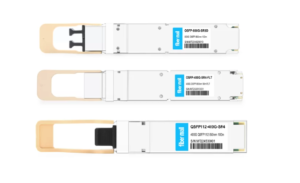
800G SR8 and 400G SR4 Optical Transceiver Modules Compatibility and Interconnection Test Report
Version Change Log Writer V0 Sample Test Cassie Test Purpose Test Objects:800G OSFP SR8/400G OSFP SR4/400G Q112 SR4. By conducting corresponding tests, the test parameters meet the relevant industry standards,
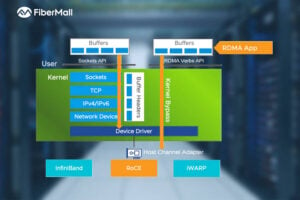
RoCEv2 Explained: The Ultimate Guide to Low-Latency, High-Throughput Networking in AI Data Centers
In the fast-evolving world of AI training, high-performance computing (HPC), and cloud infrastructure, network performance is no longer just a supporting role—it’s the bottleneck breaker. RoCEv2 (RDMA over Converged Ethernet version
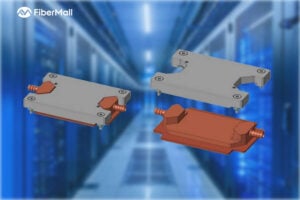
Comprehensive Guide to AI Server Liquid Cooling Cold Plate Development, Manufacturing, Assembly, and Testing
In the rapidly evolving world of AI servers and high-performance computing, effective thermal management is critical. Liquid cooling cold plates have emerged as a superior solution for dissipating heat from high-power processors

Unveiling Google’s TPU Architecture: OCS Optical Circuit Switching – The Evolution Engine from 4x4x4 Cube to 9216-Chip Ironwood
What makes Google’s TPU clusters stand out in the AI supercomputing race? How has the combination of 3D Torus topology and OCS (Optical Circuit Switching) technology enabled massive scaling while

Dual-Plane and Multi-Plane Networking in AI Computing Centers
In the previous article, we discussed the differences between Scale-Out and Scale-Up. Scale-Up refers to vertical scaling by increasing the number of GPU/NPU cards within a single node to enhance individual node
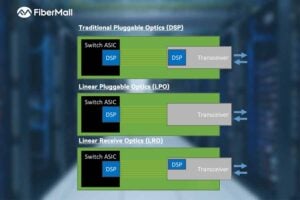
OCP 2025: FiberMall Showcases Advances in 1.6T and Higher DSP, LPO/LRO, and CPO Technologies
The rapid advancement of artificial intelligence (AI) and machine learning is driving an urgent demand for higher bandwidth in data centers. At OCP 2025, FiberMall delivered multiple presentations highlighting its
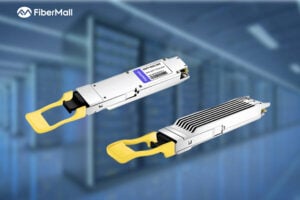
What is a Silicon Photonics Optical Module?
In the rapidly evolving world of data communication and high-performance computing, silicon photonics optical modules are emerging as a groundbreaking technology. Combining the maturity of silicon semiconductor processes with advanced photonics,
Related posts:
- Is the CX7 NDR 200 QSFP112 Compatible with HDR/EDR Cables?
- If the Server’s Module is OSFP and the Switch’s is QSFP112, can it be Linked by Cables to Connect Data?
- Is UFM as Functional as Managed Switch and Unmanaged Switch?
- Can the CX7 NIC with Ethernet mode interconnect with other 400G Ethernet switches that support RDMA?
